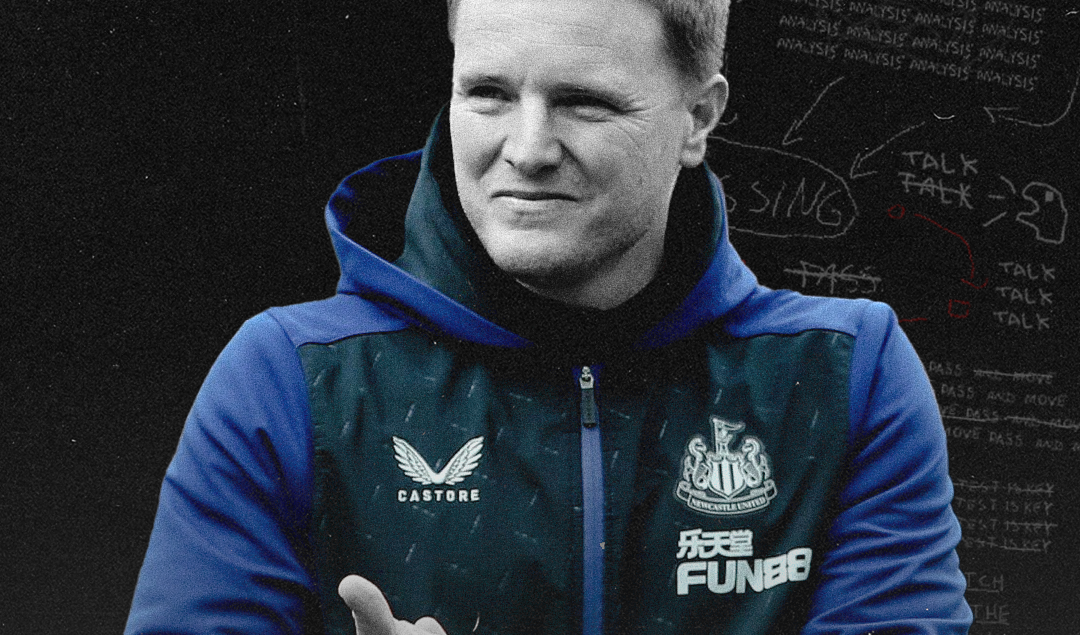How Betinia and the Changing Premier League Landscape Reflect Shifting Odds
For over a decade, the Premier League’s ‘Big Six’—Manchester City, Liverpool, Arsenal, Chelsea, Manchester United and Tottenham Hotspur—had a firm grip on the top spots, making the league feel like a predictable contest. However, as the balance of power has shifted, clubs like Newcastle United and Brighton & Hove Albion are now challenging for the top positions.
In this more unpredictable environment, even sports fans who enjoy online platforms like Betinia (source: https://betinia-casino.nz)—where shifting odds are a key feature—are learning that anything can happen in the Premier League in 2025.
A Decade of Dominance
Between 2009 and 2019, the Big Six consistently occupied the top positions in the Premier League, with their dominance rarely challenged. Clubs outside this group seldom broke through, with Leicester City’s fairytale title win in 2015-16 being the standout exception. The financial divide was stark: in the 2018-19 season, Arsenal earned £394 million in revenue, more than double that of West Ham United (£191 million), the seventh-richest club.
Revenue largely dictated success, and the Big Six reinforced their control with superior spending power. For three consecutive seasons following Leicester’s title win, the gap between the sixth and seventh-placed teams averaged over eight points, and non-Big Six teams rarely achieved a positive goal difference. In an environment like this, even Betinia—the popular online casino where odds fluctuate rapidly—would have favoured the established clubs as the likely top finishers, given their financial muscle and historical consistency. However, this dominance has begun to unravel in recent seasons.
What Changed?
1. The Wealth Gap is Closing
The Premier League has become a financial powerhouse, dwarfing other European leagues. In 2022-23, its clubs generated almost £6 million in revenue—nearly double that of the Bundesliga. Even midtable teams now outspend major European clubs like Bayern Munich and Real Madrid. Nottingham Forest, for instance, have signed enough players to assemble multiple starting line-ups.
However, while transfer spending has increased across the board, wages remain the clearest predictor of success. Despite the increased spending power of midtable clubs, the wage gap between the Big Six and the rest has barely changed. In the 2013-14 season, the average Big Six club spent 2.5 times more on wages than non-Big Six clubs. By last season, this ratio was still 2.46 to 1.
2. Smarter Strategies from Smaller Clubs
While financial parity hasn’t fully materialised, smaller clubs have grown smarter in their strategies. Promoted teams, once prone to overspending on older players in a bid for instant survival, are now focusing on long-term sustainability by investing in young talent. This change in approach has made the lower half of the table far more competitive.
Clubs like Brentford and Brighton have embraced advanced data analytics, making decisions based on evidence rather than intuition. Bournemouth has followed suit, while Crystal Palace has moved away from traditional managerial choices, opting instead to scout undervalued talent from the Championship.
These strategies have paid off. Since 2019-20, the non-Big Six clubs have consistently performed better than expected, outperforming their wage spend, and challenging the traditional dominance of the Big Six.
The Impact of Manchester United and Tottenham’s Decline
The most prominent underperformers within the Big Six are undoubtedly Manchester United and Tottenham Hotspur. Despite spending heavily, United finished outside the top six in the 2022-23 season and have struggled with consistency ever since.
Their financial might and wage structure have yet to translate into league success and they currently sit mid-table. This unpredictability is akin to the experience of players on Betinia, where luck and chance play a crucial role—sometimes even the most seasoned players face unexpected outcomes.
Meanwhile, Tottenham, while showing promise under manager Ange Postecoglou, have been blighted by injuries, which have significantly hindered their performance. Even though their overall goal difference is positive, they find themselves languishing in mid-table, illustrating how even with strong potential, things don’t always go according to plan.
Newcastle United’s Rise
Arguably the biggest disruptor to the Big Six status quo has been Newcastle United. With the backing of the Saudi Arabian Public Investment Fund, the club is now one of the wealthiest in the world. Their rise has been swift—finishing fourth in their first full season under new ownership—and with each passing year, they continue to solidify their place among the Premier League’s elite.
Newcastle’s success, built on a foundation of strategic recruitment and substantial financial backing, suggests that the ‘Big Six’ is now a ‘Big Seven.’ Their wealth and ambition have forced other clubs, including those within the traditional Big Six, to reassess their strategies.
A Shifting Landscape
The growing competitiveness of the Premier League, fuelled by financial parity and smarter decision-making, signals the end of the era when the top six positions were exclusively dominated by the same clubs. Fans of Betinia—a platform catering to online casino enthusiasts—have likely seen a shift in their own predictions, as the rise of clubs like Newcastle and Brighton reshapes the league’s hierarchy.
